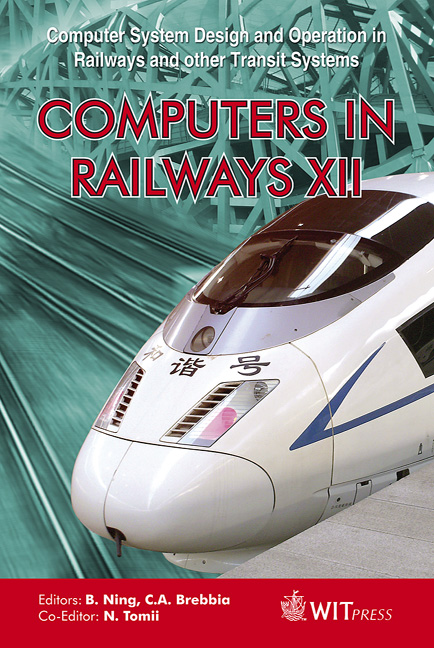Port Hinterland Traffic: Modern Planning IT Methods
Price
Free (open access)
Transaction
Volume
114
Pages
11
Page Range
295 - 305
Published
2010
Size
1,595 kb
Paper DOI
10.2495/CR100281
Copyright
WIT Press
Author(s)
A. Radtke
Abstract
This paper will present the latest requirements and methods of a sophisticated and integrated timetable and infrastructure planning tool. The related methodology, taking into accounts both passenger and freight services, will also be discussed. The paper will handle the planning and analysis of timetables, rolling stock, signalling and infrastructure, through the integration of operational simulation into the planning process. This will include: Timetable construction, Possession planning (timetable for construction sites), Capacity calculation (UIC 406), Railway operation simulation, Vehicle dynamic calculation/energy consumption, Infrastructure asset management and infrastructure planning and IT-Integration capability. The port of Hamburg is one of the most important ports in Europe and is an important hub for international trading. The growth rate of the goods volume was increasing yearly until the year 2008. At that stage, the prognostic volume of the handling of goods will be doubled in some years. The railway is responsible for a high proportion of the transportation to and from the Hamburg port and other ports in Lower Saxony. Therefore, the number of daily trains running to and from the port will increase. However, the current railway infrastructure of the metropolis region of Hamburg and other regions in Lower Saxony, especially the track southwards, are already being used very intensively. The prognostic increase for the number of trains running in the network is expected to reach the capacity of the existing infrastructure.
Keywords
timetable construction, railway planning methodology, IT integration





